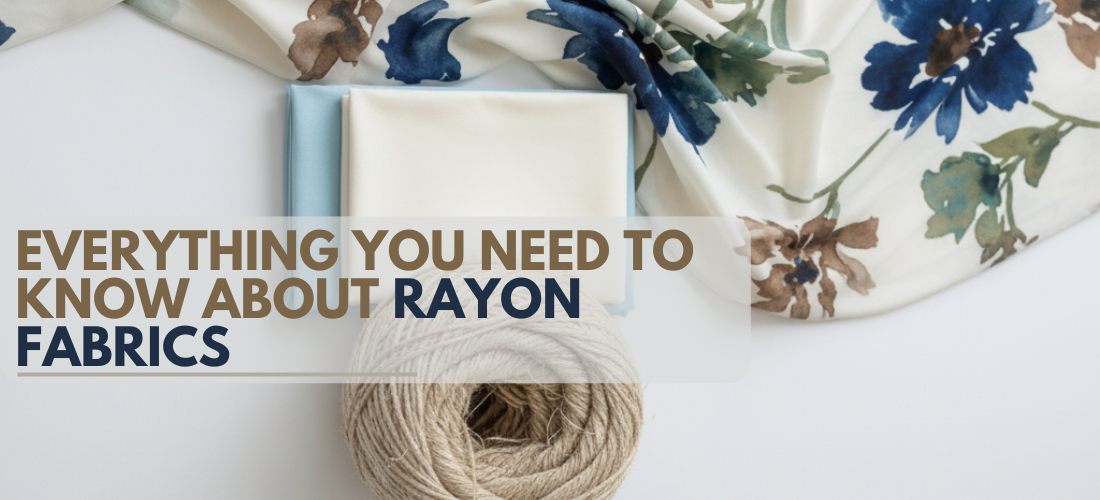Measuring Tips
Measure around the fullest part of your bust.
Measure around the narrowest part of your torso.
With your feet together measure around the fullest part of your hips/rear.


In textiles, there is a huge variety of fabrics to choose from that suit the different needs and requirements. Above all of them, plain rayon fabric holds a unique spot when you are looking for comfort and luxury together.
Rayon is known as the first man-made fabric, with a history spanning centuries. The need for rayon was felt in the late 19th century when silk was one of the most popular and highly prized fabrics. The growing European textile industry sought to produce an alternative to silk that would be more affordable and accessible to everyone. In 1884, French scientist Count Hilarie first produced rayon after treating other fabrics with a chemical process and named it "chardonnet silk," later known as "artificial silk." The fabrics have improved over time. The artificial silk had that luxurious feel and silk-like texture and was affordable for people of each class.
The process of making rayon begins with natural raw fiber derived from wood pulp. It takes several steps to transform natural cellulose into a soft, fabric-like material. The process starts by harvesting wood pulp and processing it to extract cellulose. The cellulose undergoes chemical treatments to get viscose liquid. Viscose is then extruded through spinnerets to generate the fibers. The fibers are then washed, bleached, and spun into fabric.
There are several types of rayon fabric online to suit different needs. But the three most consumed rayons are:
Viscose Rayon: The most common and go-to rayon type is viscose rayon. The viscose is made with the traditional process. This is a soft and smooth rayon widely used as a silk substitute. This is a semi-synthetic fabric that carries excellent smoothness and shine. It is soft, breathable, and provides a similar drape and feel to fabrics. The only con that viscose has is its low wet strength, which makes it shrinkable and gives it a high chance of losing its shape after a wash.
Modal Rayon: Modal rayon is widely used for clothing and household items. The luxury textile fabric is made with beech tree pulp. It is more refined than viscose, which makes it comparatively softer and smoother. This has more resistance to shrinkage and can hold dyes well to get the beautiful colors. Modal often gets blended with other fibers like cotton to add more strength that makes it more durable.
Lyocell: Like modal fabric, lyocell is also made with beech tree pulps. The less toxic chemical treatments during the process of making the fabric make it a more eco-friendly version of rayon. Lyocell has a feel like cotton and linen and is stronger and more sustainable. It is more expensive than other rayon materials online and has a more absorbent capability which makes it feel dry and cool on the skin.
Rayon offers several advantages that make it a popular choice for high fashion, activewear, and home decor, but it also has some notable drawbacks.
| Pros | Cons |
|---|---|
| Soft and Comfortable | Not Very Durable |
| Highly Breathable | Requires Careful Washing |
| Moisture-Absorbent | Environmental Concerns (Viscose) |
| Drapes Beautifully | Wrinkles Easily |
| Versatile | — |
The multiple characteristics of rayon make it a perfect choice when it comes to fashion. Rayon is used by many designers for its silk-like feel and affordability. The dyeing efficiency of rayon results in rich, vibrant-colored fabrics with great designs and patterns to match the latest fashion trends. The soft feel and shiny texture of the fabrics are used to make kurtas and palazzos. The drape quality makes it a perfect choice for designing gowns and flowy dresses with plain and printed rayon fabric. Many popular brands use rayon to make activewear that provides luxury and comfort. Overall, rayon is popular in fashion for its luxury feel, affordability, and environmentally friendly nature.
Rayon is delicate, especially when wet. So, like any other fabric, rayon also needs some special care to maintain its charm.
Washing—It is recommended to hand wash your rayon fabric with cold water. If machine washing is being used, use cold water with mild detergent.
Drying: Do not wring or squeeze the fabric in the process of removing excess water. Lay flat or hang the fabric gently, and also avoid direct sunlight to maintain its shine and avoid shrinkage. Air drying is highly recommended.
Ironing: Iron the cloth on a low heat, and always turn your cloth to avoid direct heat.
Dry Cleaning: Due to the luxurious feel, rayon is widely used for making designer party outfits. In these cases, dry cleaning is recommended.
Everything mentioned in the blog makes it clear that rayon is a very excellent fabric to go for. Its softness, affordability, and luxury feel make it the most popular choice among buyers. Rayon is easily accessible to everyone and can be used for many purposes. It is a delicately soft natural fabric but chemically processed. Due to its dyeing ability, it is being widely used in the fashion industry. If you are looking for environmentally friendly options, lyocell and modal are the perfect choices. So whether you are looking to shop for rayon fabric wholesale for clothing, home decor, or textiles, you can make a good choice as a consumer with rayon.
No related articles found.